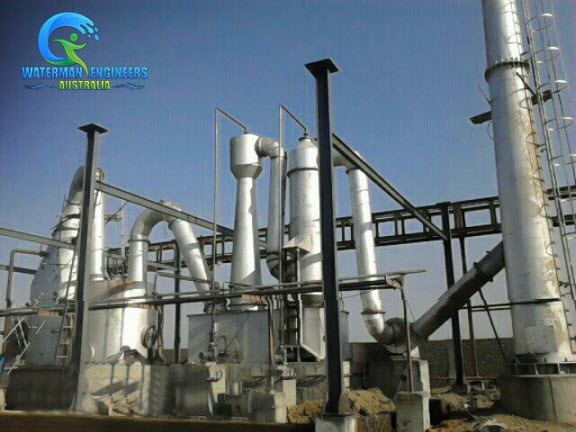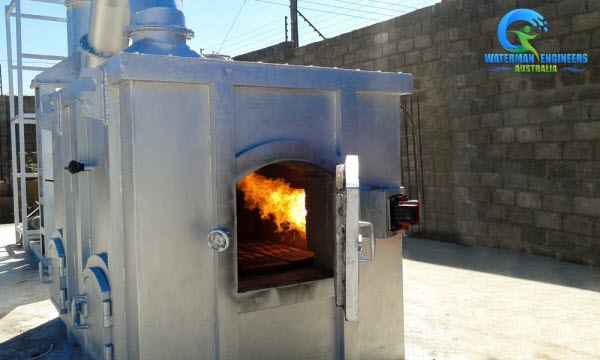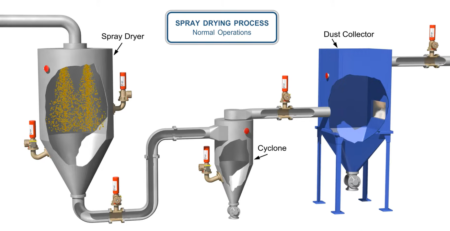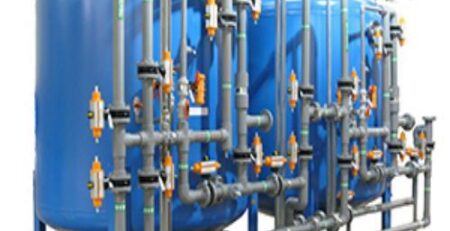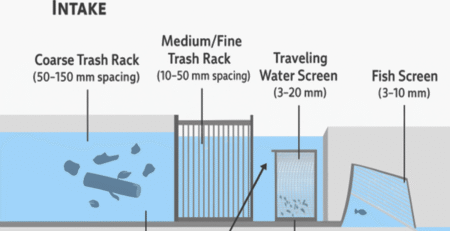Waste-To-Energy – How Incinerators Can Contribute to Sustainable Energy Production
As the world population continues to grow, so does the amount of waste generate. While recycling and composting are effective ways to reduce waste, they cannot address the problem of non-recyclable waste. However, Waste-to-Energy (WTE) provides a viable alternative for non-recyclable waste by using incinerators to produce energy.
The technology reduces greenhouse gases and plays an important role in mitigating climate change. Moreover, it also recovers metals for recycling. In this article, we will discuss the benefits of Waste-to-Energy and how incinerators can contribute to sustainable energy production.
What is Waste-to-Energy?
Waste-to-Energy is the process of converting non-recyclable waste into energy. This is done by using incinerators to burn the waste, which produces steam that powers turbines to generate electricity. The heat generated during the incineration process can also be used to heat buildings or provide hot water.
Benefits of Waste-to-Energy
There are several benefits of Waste-to-Energy that make it a viable option for non-recyclable waste management. Firstly, it reduces the amount of waste sent to landfills. Landfills are not only unsightly, but they also emit harmful gases such as methane, which contribute to global warming. Secondly, Waste-to-Energy is a source of renewable energy. By using non-recyclable waste to generate energy, we can reduce our dependence on fossil fuels, which are finite resources. Lastly, Waste-to-Energy produces fewer greenhouse gas emissions than traditional incineration. By using modern technology and best practices, Waste-to-Energy incinerators can reduce the number of harmful gases emitted into the atmosphere.
Challenges of Waste-to-Energy
While Waste-to-Energy has several benefits, some challenges need to be addressed. The first challenge is public perception. Many people are concerned about the potential health and environmental risks associated with incinerators. However, modern incinerators are equipped with advanced pollution control technologies that reduce harmful emissions. The second challenge is the cost of building and operating incinerators. Waste-to-Energy incinerators are expensive to build and require a steady supply of waste to be economically viable.
Biomass Energy – A Sustainable Renewable Fuel
Biomass is any living organic matter, including trees, crops like corn and sugarcane, algae, or even landfill waste. Biomass is used to produce a variety of different forms of energy, including electricity and vehicle fuel.
Using biomass for energy is an excellent way to mitigate the effects of climate change by reducing greenhouse gas emissions and utilizing renewable resources that are a natural part of Earth’s carbon cycle. But to be effective, biomass must be produced sustainably, addressing challenges at every step of the process.
When biomass is burned directly, it produces steam that can be used to turn turbines and generate electricity in a power plant. It can also be used for industrial process heat and heating buildings.
In addition, there are many ways to convert biomass to renewable liquid or gaseous fuels. Among them are pyrolysis and gasification, which are thermochemical processes that involve heating raw materials at high temperatures to break down the material into liquid or gaseous fuels.
Biomass energy is one of the most versatile and environmentally friendly sources of clean, renewable fuel. It is not only a sustainable energy source, but it is also a cost-effective solution to meet our future energy needs while reducing our dependence on fossil fuels.
Gasification – A Sustainable Alternative for Converting Waste into Energy
Incinerators are a great way to convert waste into energy, as they can reduce the volume of solid waste by up to 95%. This saves a lot of money on dumping costs and also reduces the amount of land needed for storing the waste.
The heat generated from burning waste is used to generate electricity and thermal energy. This makes the incineration process a sustainable option for converting waste to energy and can reduce carbon emissions in the process.
While incineration can be effective at reducing the volume of waste, it can also release toxic elements into the environment that may harm people and wildlife. These pollutants can include dioxin, a carcinogen; heavy metals; and other chemicals that can affect the human respiratory and digestive systems.
Lastly, the temperature of the waste can have an impact on the speed at which the waste is burned. A high temperature can speed up the incineration process and increase its efficiency, while a low temperature can slow down the combustion process and cause the waste to break down more easily.
In addition to these environmental benefits, gasification can also be a great alternative to other methods of transforming waste into energy. For instance, it can be used to convert wood chips into bio-fuel or to convert a variety of organic materials into syngas that can be burned for power generation or converted into diesel-like synthetic fuels.

